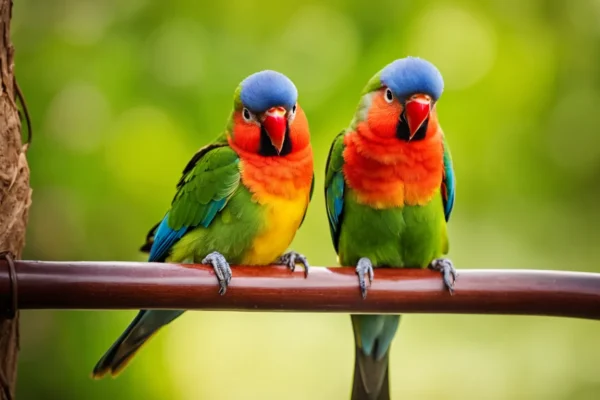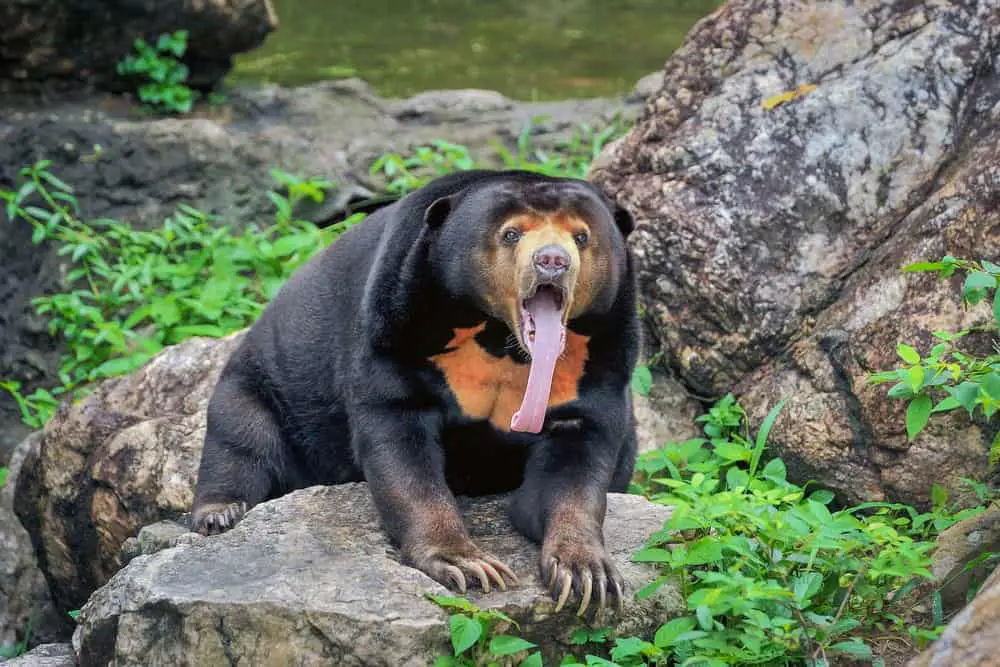As a wildlife specialist for many years, I have formed a close bond with the owl’s nighttime habitat. From my experience, these magnificent birds may be the hunters as well as the hunted.
One night, I remember seeing a Great Horned Owl—typically a powerful predator—become the prey of a watchful eagle. It served as a sharp reminder of how intricate nature is.
In my opinion, comprehending these relationships is essential to appreciate the delicate balance that exists throughout ecosystems. Through my study, I have seen that smaller owls are always in a state of survival where they are vulnerable to sly foxes and ferocious snakes.
Key Points:
Predators of owls include hawks, eagles, foxes, snakes, and wildcats.
The following factors pose a threat to the existence of owls: habitat degradation, road accidents, contamination of the environment, vulnerability during nesting, and territorial invasion.
Owls use a variety of survival techniques to ensure their survival, including quiet flying, strong talons, guarding their territory, defending eggs and young owlets, and environmental adaptation.
Conservation measures are necessary to preserve the survival of owls due to human interactions such as habitat damage, restricted territories, disturbance of feeding routines, and car crashes.
Owl Predators Unveiled:
A striking nighttime woodland picture features the silhouette of a cunning eagle owl in flight, closely followed by a bigger, shadowy great horned owl among the moonlight woods.
Owls are known to be excellent hunters, but a range of creatures may pose a danger to them. This includes wildcats, hawks, snakes, and foxes. Notable for their strength as predators, eagles and hawks have been seen to feed on owls. This poses a serious risk to several species of owls. Even the most fearsome owls, like the Great Horned Owl, are easily taken down by these natural predators in the illuminating dynamics of the food chain in nature.
Both baby and adult owls are consumed by predators. They take advantage of openings like invading new territory or openings that present themselves during breeding. Owls’ survival struggles serve as a reminder of the intricate relationships that exist among ecosystems. Even apex predators might fall victim to this situation. As a result, the predators that owls reveal are as varied as the habitats that they live in.
Owls’ Strategies for Survival
The predator-prey dynamic is shown in this drawing of a variety of owls adopting camouflage in a deep forest, with a concealed eagle resting calmly with its eyes fixed on an unwary owl.
Even though owls are often attacked by different predators, they rely mostly on a variety of behaviors and adaptations that have been developed during evolution to help them survive in the wild.
Since mature owls are such powerful hunters, they usually have few natural enemies. Nonetheless, owls’ formidable claws and stealthy flying enable them to avoid bigger owl predators and engage in effective hunting.
They defend their area ferociously, even against bigger creatures and other owls. They also use their keen beaks and claws to protect owl eggs and owlets from four-legged predators.
Furthermore, to secure their survival in shifting surroundings, humans must become more adaptable and cautious in response to human-caused problems like habitat degradation and traffic.
People’s Relations With Owls
Because human activities disrupt their natural habitats and decrease their chances of survival, owl populations are seriously threatened by anything from urbanization to environmental contamination.
Owls’ habitat is being destroyed as metropolitan areas and human populations grow. As a result, the animals have smaller territories and face more competition from one another for food. Owls may find it difficult to live and procreate in the absence of food.
Furthermore, changes in the surrounding environment may cause these predatory birds to alter their eating habits, as they hunt using their strong claws and quiet flying.
In addition, when cities grow, owls are often struck by cars and killed. The difficulties that owls encounter are exacerbated by these human interactions, which makes owl conservation crucial to our understanding of animal eat dynamics in the wild.
The Dynamics of the Owl Food Chain
Owls play a crucial part in the intricate dynamics of the food chain in the natural world, serving as both predators and prey, and their reproductive success and survival are influenced by a variety of species. Owls are carnivores, meaning they consume a wide range of creatures, such as insects, reptiles, and mammals. The kind of owl and the prey that is available in their environment determine the particular diet.
Even with their skill, owls fall victim to other creatures. Since they are simpler to catch, young and weak animals are the prey that natural predators like foxes and hawks target. Because snakes, wildcats, and even other owl species prey on owl nests, the young of these birds are an important source of food.
Humans indirectly affect who eats owls by changing the delicate balance of the food chain via habitat degradation and urbanization.
Commonly Asked Questions
What Is the Largest Owl Prey?
Are you wondering what the biggest prey of owls is? At the top end of their hunting range, they may take on astonishing proportions, feeding on young foxes and small deer.
What Terrifies Owls?
It seems sense that you are worried about owl safety. They dread threats to their well-being and impediments to their capacity to flourish in their natural habitat, such as habitat loss, car accidents, and confrontations with other species.
Eat an Owl Like a Lion?
It seems improbable that a lion would feed on an owl since lions live in distinct environments and usually pursue bigger, terrestrial prey instead of avian animals like owls.
Are Owls Eaten by Wolves?
You’re correct that wolves often prefer bigger herbivores over owls in their diet. Wolves do not aggressively hunt owls, however they may scavenge on their corpses.
In summary
Finally, you now know that foxes, snakes, hawks, and wildcats are among the predators that owls must contend with. These animals each have their own ways of hunting weakling owlets and eggs. In order to reduce dangers, adult owls have developed survival techniques in response to these natural challenges.
However, since human activity disturbs ecosystems and indirectly depletes owl populations, it is human activity that is the biggest threat. It is essential for the protection of these magnificent birds to comprehend the dynamics of the food chain, including human influence.






